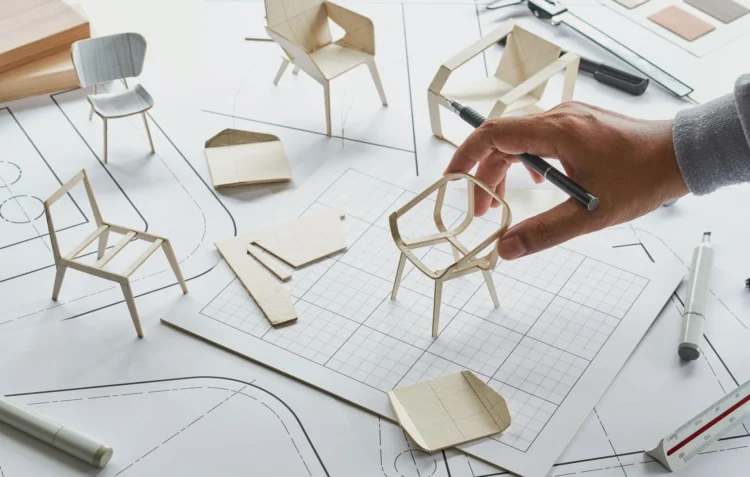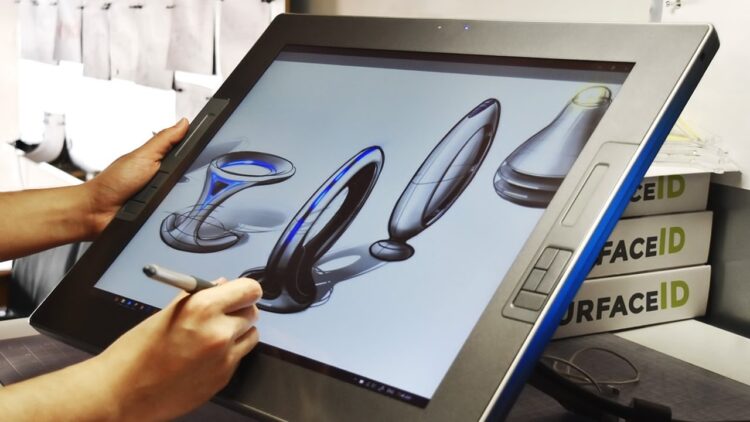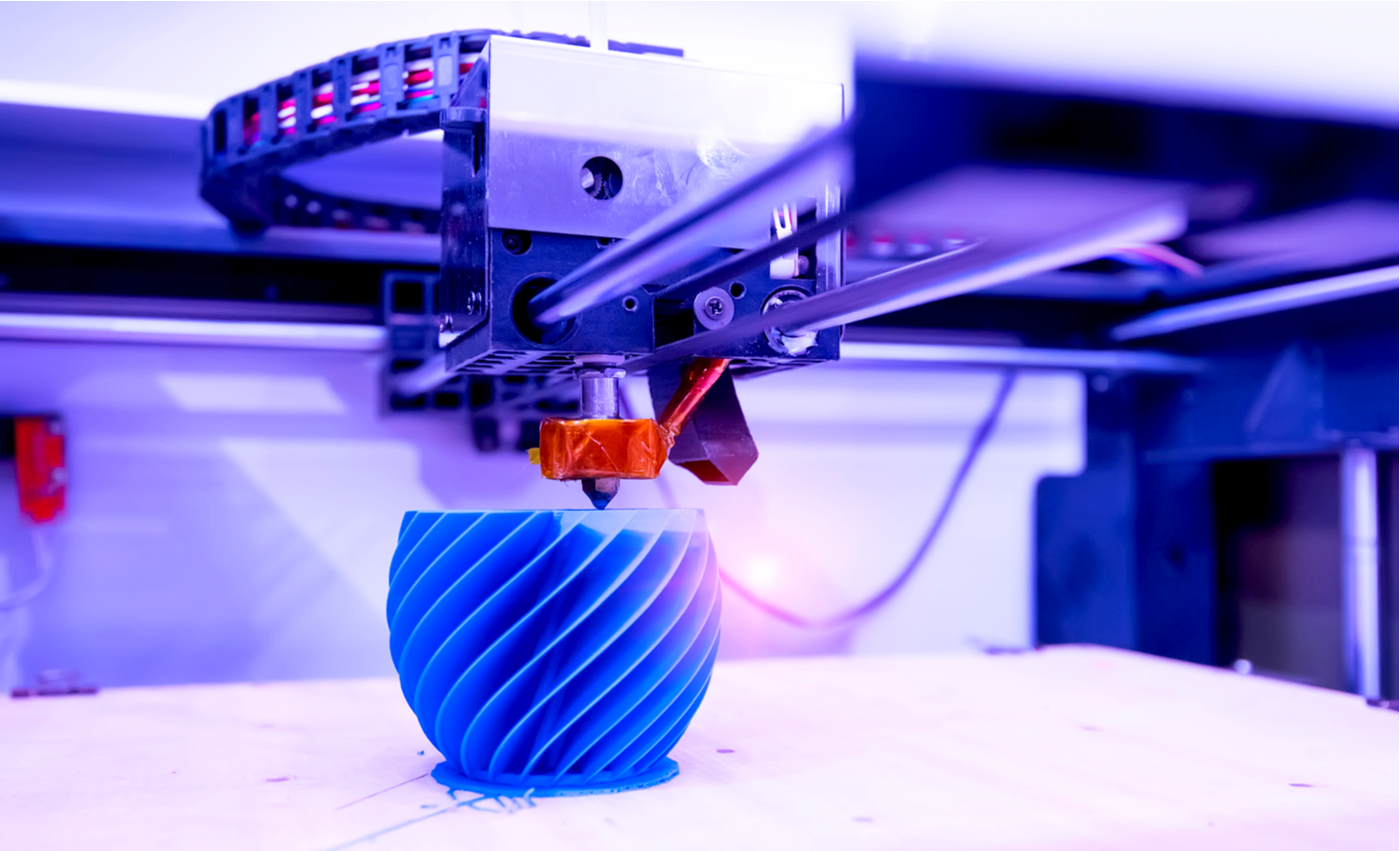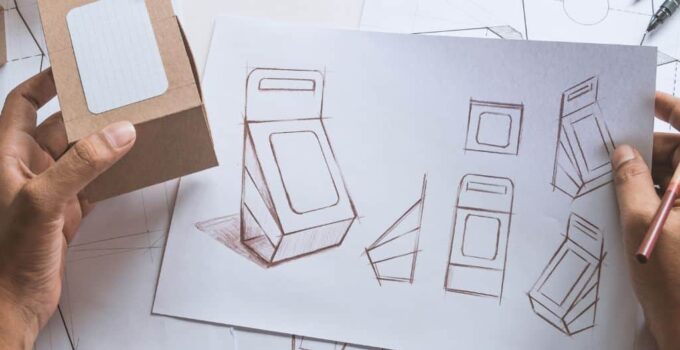Sustainability is no longer a trend; it has become a fundamental part of responsible product design.
According to a survey by McKinsey & Co., 66% of people (and 75% of millennials) said that they considered ‘sustainability’ when buying a product. However, while modern consumers are keen on buying sustainable products, only a minority are willing to pay more for them – something that product engineers must keep in mind when bringing new products to market.
Therefore, to meet the changing demands of buyers, it has become important for businesses to reduce their products’ carbon footprint without increasing their costs.
One key way to achieve this is to follow eco-conscious product design practices that minimize the environmental impact of a product while improving its functionality, durability, and cost-effectiveness. Want to know more about them?
Here are five ways to make your product design more sustainable:
Page Contents
1. Early Lifecycle Analysis

Source: issuu.com
Conduct a thorough lifecycle analysis (LCA) to determine the environmental impact of your product. You can use tools like SolidWorks, SimaPro, and GaBi to identify areas for improvement in materials, energy usage, waste, and emissions. With all the data at hand, from raw material extraction to end-of-life disposal, mechanical design engineers can make informed choices to reduce a product’s overall carbon footprint.
2. Perform Digital Design Iterations
To enhance design and product efficiency, design iterations are important. But, instead of creating multiple physical prototypes, engineers must rely on CAD drawing and drafting software to create and test designs virtually. This approach reduces material waste, cuts down production time, and allows for more rapid design adjustments.
Software like SolidWorks and AutoCAD help product design engineers test their designs under real-world conditions before they are built. They can assess the performance and durability of your design, explore various design options, run simulations, and make adjustments on the spot—without consuming physical resources. Mechanical CAD drafting services not only reduce the carbon footprint associated with prototype manufacturing, they also lead to significant cost savings and faster product-to-market.
3. Use Eco-Friendly Materials

Source: isdi.in
Consider using biodegradable, recyclable, or renewable materials to reduce the environmental impact of your products. Many companies are already using eco-friendly options to make products more sustainable.
For instance,
- Patagonia utilizes recycled polyester from plastic bottles in their clothing, which lowers landfill waste and energy usage.
- Grove Collaborative uses bamboo for essentials like paper towels and kitchen utensils, taking advantage of its fast-growing, renewable nature.
- Companies like Dell and Ecovative use mycelium-based packaging as a biodegradable alternative to Styrofoam, naturally decomposing without leaving harmful residues.
- Coca-Cola’s PlantBottle™ is made partly from sugarcane-based bioplastic.
- Even metals like recycled steel are a sustainable choice. It provides the same strength as new steel but with a much smaller environmental footprint.
These examples show how you too can use the right material to bring a positive impact in product design.
4. Use Additive Manufacturing (3D Printing) to Minimize Waste

Source: trellis.net
Additive manufacturing, or 3D printing, is an innovative way of creating environmentally sustainable products. Unlike traditional manufacturing techniques that lead to a lot of material waste, 3D printing uses just the right amount of material for product manufacturing.
Some companies are even using recycled plastics or bio-based materials in their 3D printers, which makes the process even more eco-friendly. Additionally, 3D printing allows for on-demand production, which cuts down on storage needs and shipping costs. This technology is helping businesses create products in a smarter, more sustainable way.
5. Leverage Cloud-Based Collaboration for Efficient Design
Cloud-based platforms like Onshape and Autodesk Vault allow for seamless collaboration among team members, reducing the need for physical prototypes. Cloud solutions streamline the design process, reduce errors, and promote efficient decision-making, saving time and resources. Additionally, digital collaboration means less paperwork and fewer resource-intensive prototypes, and overall sustainability.
Tip: Encourage virtual collaboration across teams to reduce physical prototypes and limit the environmental impact of shipping samples and materials.
Wrapping It Up
Integrating sustainability into product design isn’t just about following a trend—it’s a commitment to the environment and future generations. By using advanced CAD design and drafting tools and technologies like LCA and additive manufacturing, businesses can make smart, eco-friendly decisions quickly and cost-effectively.
Embracing these practices can not only help you contribute to environmental health but can also strengthen your brand’s reputation.
Ready to make an impact? Adopt these five eco-friendly strategies to design products that are kinder to the planet and better aligned with your consumers’ needs and expectations.




